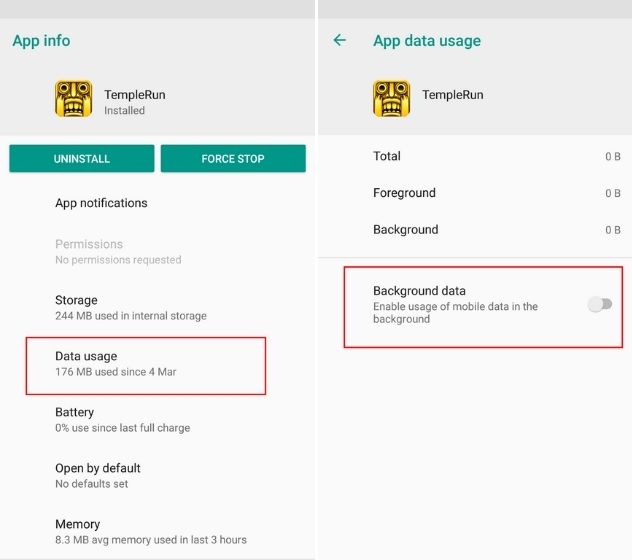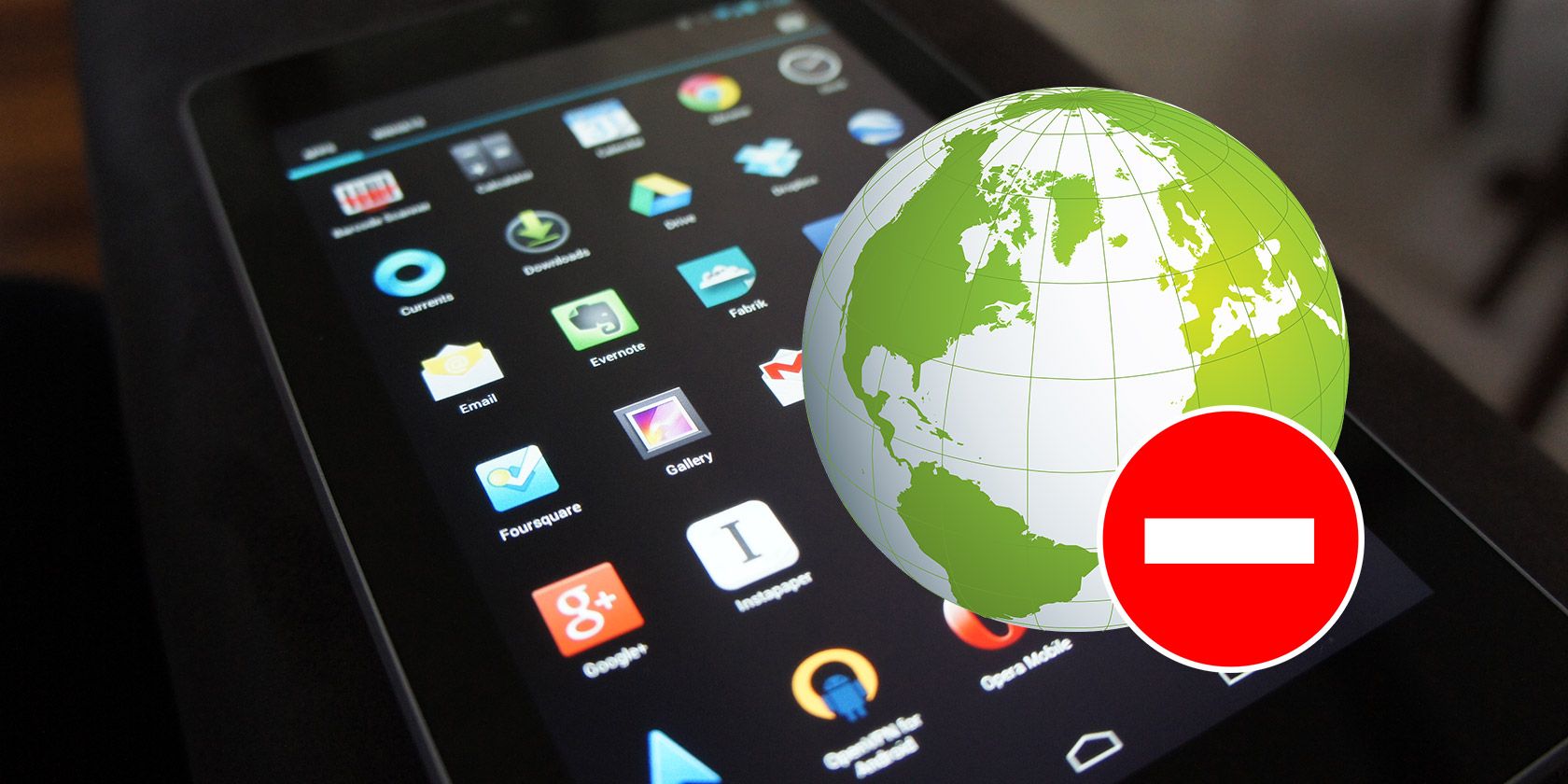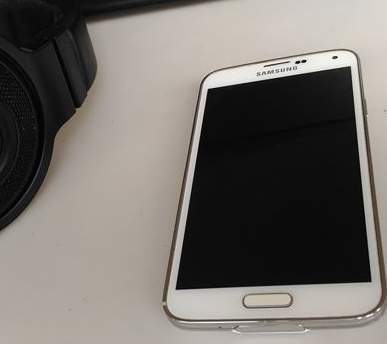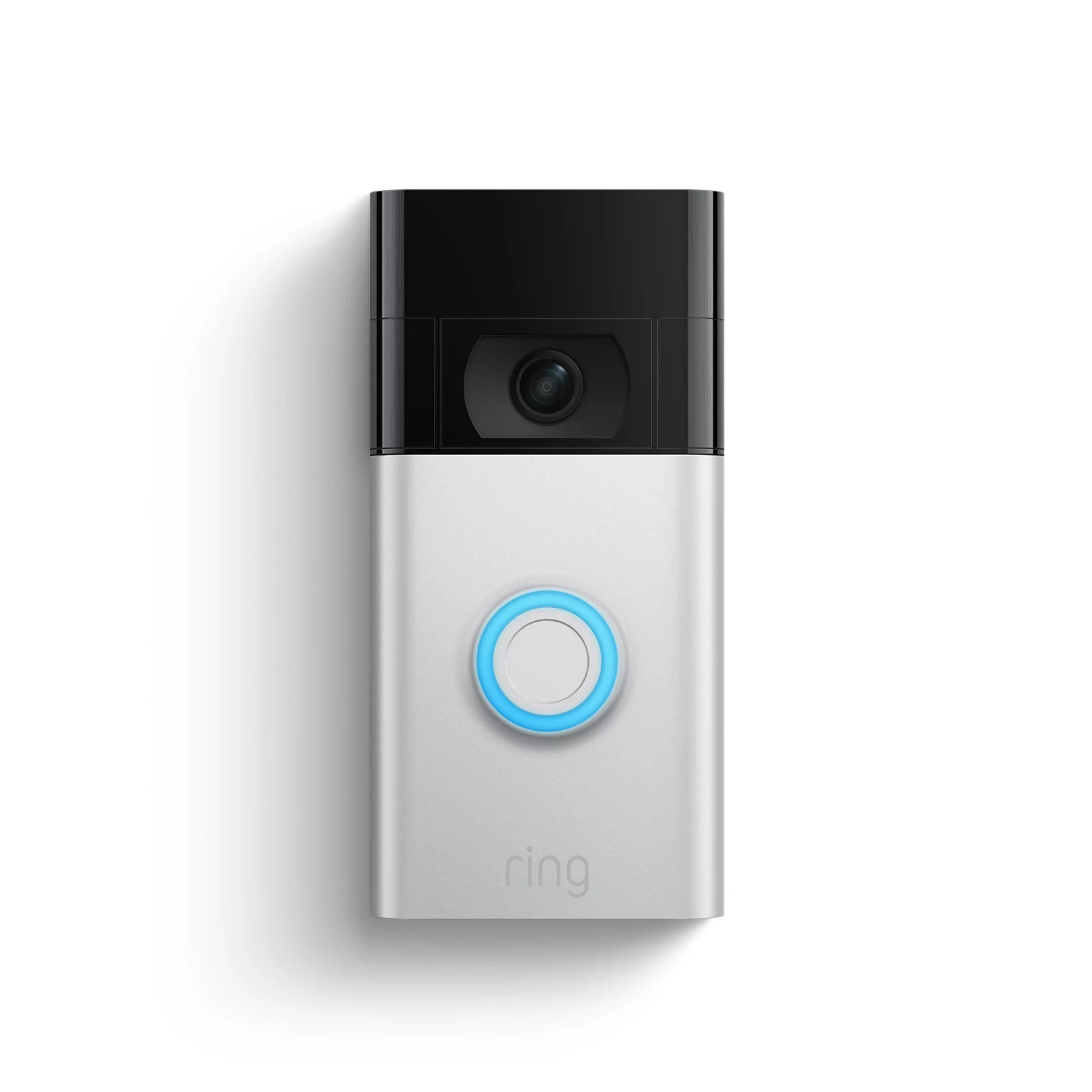In the age of smartphones, we rely heavily on mobile apps for various tasks and entertainment. While these apps enhance our lives, they can also consume a significant amount of data, leading to unexpected charges or slower internet speeds. Additionally, some apps may even share our data without our knowledge or consent. To prevent these issues and take control of your data usage, it’s essential to understand how to prevent Android apps from using data in the background. In this comprehensive guide, we will explore various methods and settings that allow you to manage your data usage effectively.
Before diving into the solutions, let’s first understand why background data usage can be a concern. Background data refers to the data that apps use even when you are not actively using them. This data consumption can occur when apps sync, update, or perform other tasks in the background. The continuous usage of background data can quickly deplete your mobile data plan, resulting in additional charges or throttled internet speeds.
Moreover, some apps might engage in unauthorized data sharing or perform activities that compromise your privacy. For instance, certain apps may collect and send screenshots or videos of your app activity to third parties without your explicit consent. To protect your data and maintain control over your privacy, it is crucial to prevent apps from using data in the background.
Method 1: Restricting Background Data Usage
Android devices offer built-in options to restrict background data usage, allowing you to control which apps can use data in the background. By following these steps, you can effectively manage your data consumption:
- Open the Settings app on your Android device. You can usually access it by swiping down from the top of the screen and tapping on the gear-shaped icon or by locating the app in your app drawer.
- Scroll down and select Network & Internet or Connections, depending on your device.
- Look for the Data usage or Data usage control option and tap on it.
- Here, you will find a list of installed apps along with their data usage. Identify the app or apps that you want to restrict from using data in the background.
- Tap on the desired app, and you will be presented with detailed information about its data usage.
- Toggle off the Background data or Allow background data usage option. This will prevent the app from sending or receiving data in the background while still allowing it to use data when it is open and active.
- Repeat this process for any other apps that you wish to restrict from using data in the background.
It is worth noting that some Android devices may have slightly different menu options or layouts. However, the basic steps should remain consistent across most devices. By disabling background data usage for specific apps, you can save valuable data and ensure that your apps are not consuming data unnecessarily.
Method 2: Disabling Data Usage for Specific Apps
In some cases, you may want to go a step further and completely disable data access for certain apps, even when they are active. Android 11 introduced a feature that allows you to disable both Wi-Fi and mobile data for individual apps. Here’s how you can do it:
- Follow the previous steps to navigate to the Data usage or Data usage control menu in your device’s settings.
- Locate the app for which you want to disable data usage and tap on it.
- In the app’s settings page, look for options related to data usage. Some devices may have a Mobile data and Wi-Fi section, while others may have a Data usage toggle.
- Disable the toggle next to Background data to prevent the app from using data in the background.
- If you want to completely restrict data access for the app, enable the toggles next to Disable Wi-Fi and Disable Data Usage. This will ensure that the app cannot use either mobile data or Wi-Fi, even when it is active.
Please note that the option to disable Wi-Fi and data usage for apps is only available on devices running Android 11 or later. If you are using an earlier version of Android, you can still prevent background data usage by following the previous method and disabling the Background data toggle.
Method 3: Utilizing Data Saver Mode
Android devices offer a built-in feature called Data Saver mode, which can significantly reduce your data usage by limiting background app activities. When enabled, Data Saver mode restricts apps from using data in the background and may also compress web content to further minimize data consumption. Here’s how you can enable Data Saver mode:
- Open the Settings app on your Android device.
- Navigate to the Network & Internet or Connections section.
- Look for the Data usage or Data usage control option and tap on it.
- Scroll down and find the Data Saver option. It may be located under a separate section or nested within a sub-menu, depending on your device.
- Enable the toggle next to Data Saver to activate the feature.
By enabling Data Saver mode, you can effectively reduce background data usage and optimize your data consumption. This is particularly useful if you have a limited data plan or want to conserve data while using your device.
Method 4: Using Third-Party Firewall Apps
If you want more granular control over your app’s data usage and network connectivity, you can consider using third-party firewall apps. These apps act as a barrier between your device and the internet, allowing you to monitor and manage which apps can access data. One popular firewall app for Android is NetGuard. Here’s how you can use it to limit app data usage:
- Install and open the NetGuard app from the Google Play Store.
- The app displays a list of installed apps. To restrict an app from using mobile data, tap on the cellular data icon located next to the app’s name. To restrict an app from accessing Wi-Fi, tap on the Wi-Fi icon.
- For more control over permissions, tap the dropdown arrow next to each app. Here, you can fine-tune settings such as allowing data usage only when the screen is on or blocking data usage when roaming.
- To enable system apps to be displayed in NetGuard, tap the three vertical dots in the top-right corner of the screen, select Settings, then toggle on Manage system apps.
Using a third-party firewall app like NetGuard can provide you with advanced control over your app’s data usage. However, keep in mind that these apps may require additional setup and configuration to work optimally.
Method 5: Setting Data Warning and Usage Limits
In addition to restricting background data usage, you can set data warning and usage limits on your Android device. These features help you keep track of your data consumption and receive notifications when you approach your specified limit. To set data warning and usage limits, follow these steps:
- Open the Settings app on your Android device.
- Navigate to the Network & Internet or Connections section.
- Look for the Data usage or Data usage control option and tap on it.
- Find the Billing cycle and data warning option and tap on it.
- Enable the toggle next to Set data limit. You may need to tap a Settings icon first to access this option.
- Set a value for your data usage limit by selecting either GB or MB from the dropdown menu and entering the desired limit.
- To receive a data warning before reaching your limit, enable the toggle next to Set data warning. Enter a value slightly lower than your data usage limit to receive a notification when you approach the threshold.
By setting data warning and usage limits, you can actively monitor your data consumption and avoid exceeding your plan’s limits. These features give you more control over your data usage and help prevent unexpected charges or data throttling.
Conclusion
Managing data usage on your Android device is essential for controlling costs, maintaining internet speed, and protecting your privacy. By following the methods outlined in this guide, you can prevent Android apps from using data in the background and optimize your data consumption. Whether you choose to restrict background data usage, disable data access for specific apps, enable Data Saver mode, use third-party firewall apps, or set data warning and usage limits, taking control of your data usage will empower you to make informed decisions and ensure that your mobile experience is efficient and secure.
Remember, it’s important to regularly review and update your app permissions and settings to align with your preferences and privacy concerns. By staying vigilant and proactive, you can enjoy the benefits of your Android apps while keeping your data usage in check.
Experiencing difficulties with your Device, check out our “How To” page on how to resolve some of these issues.







